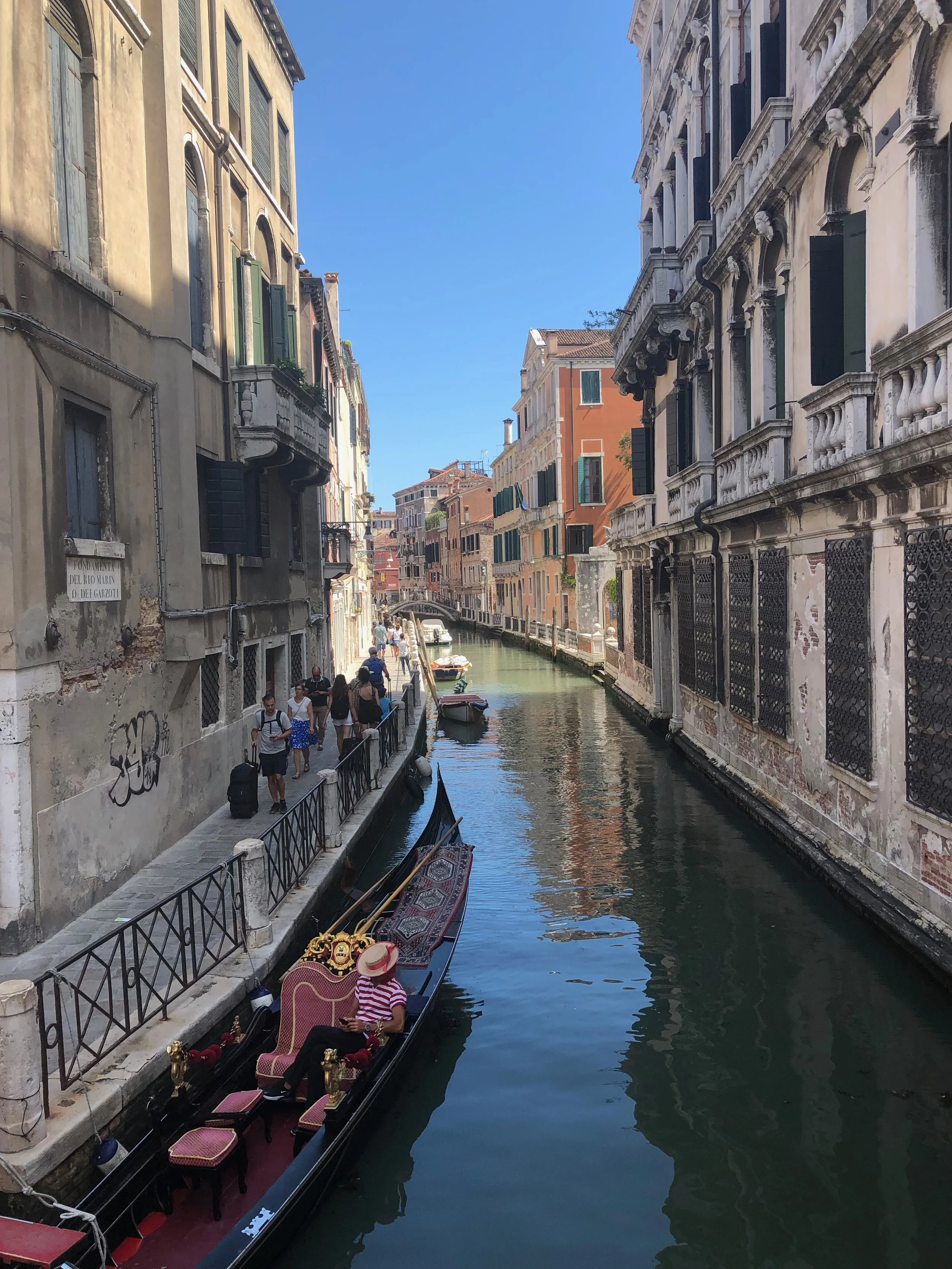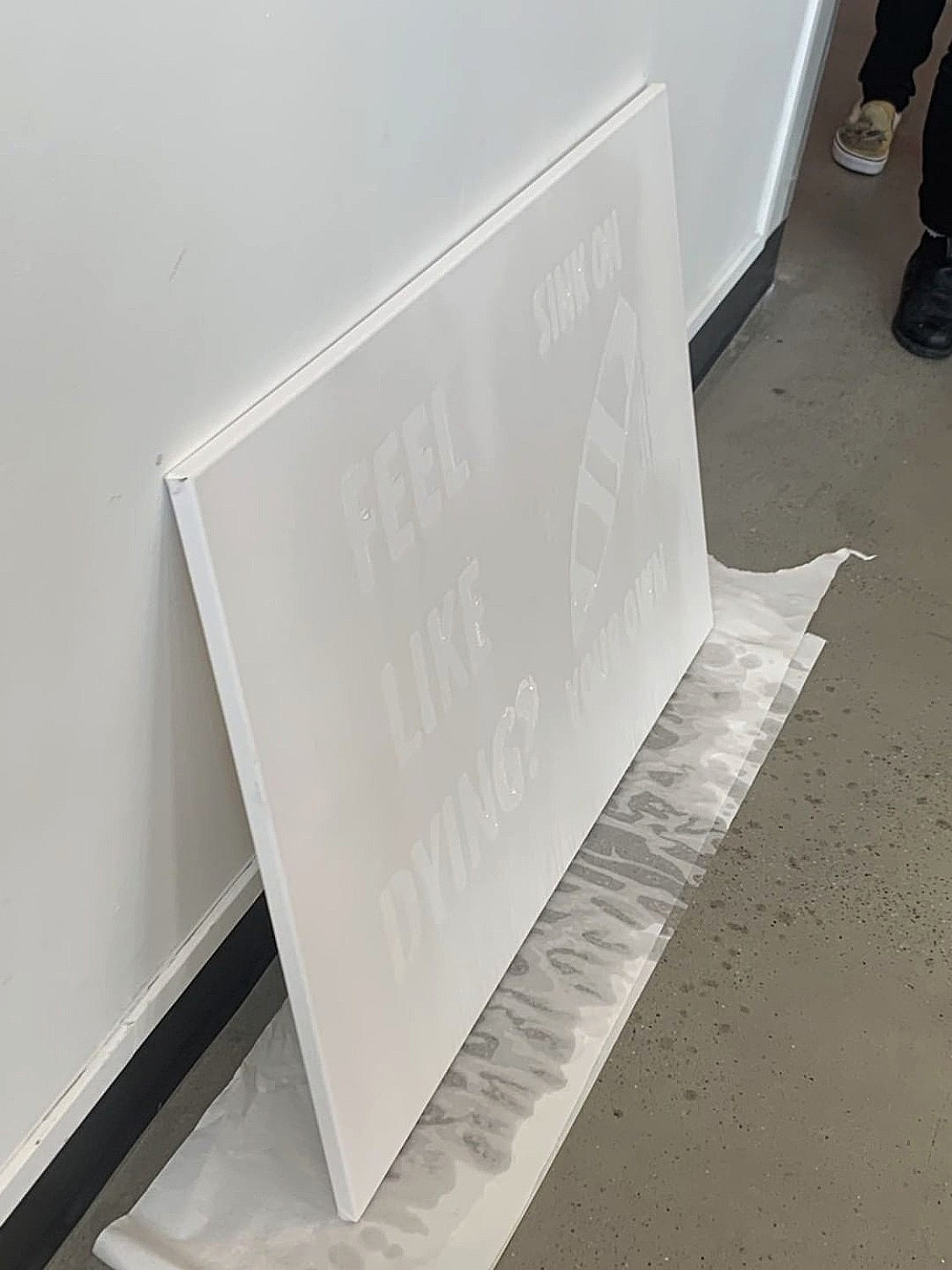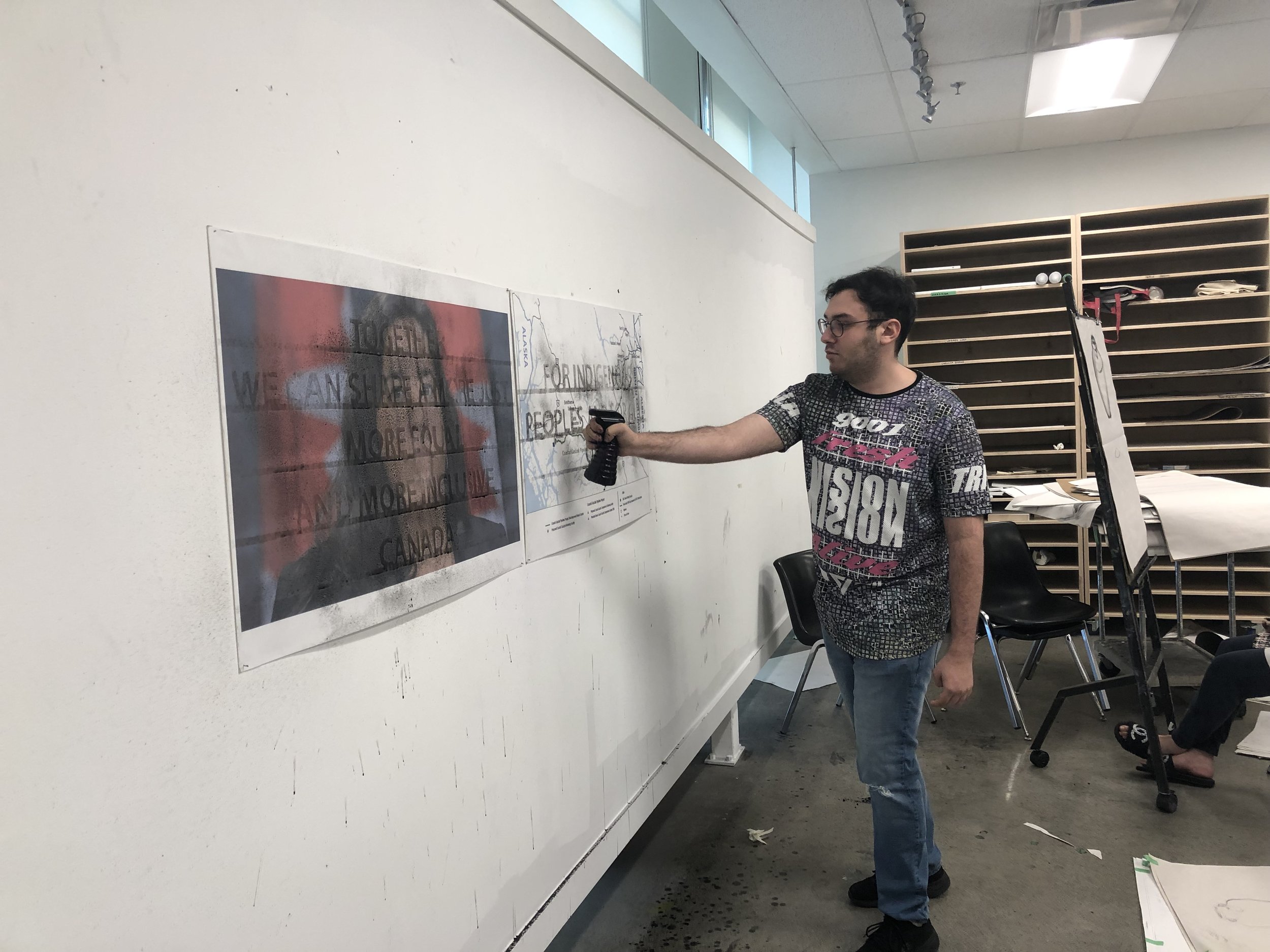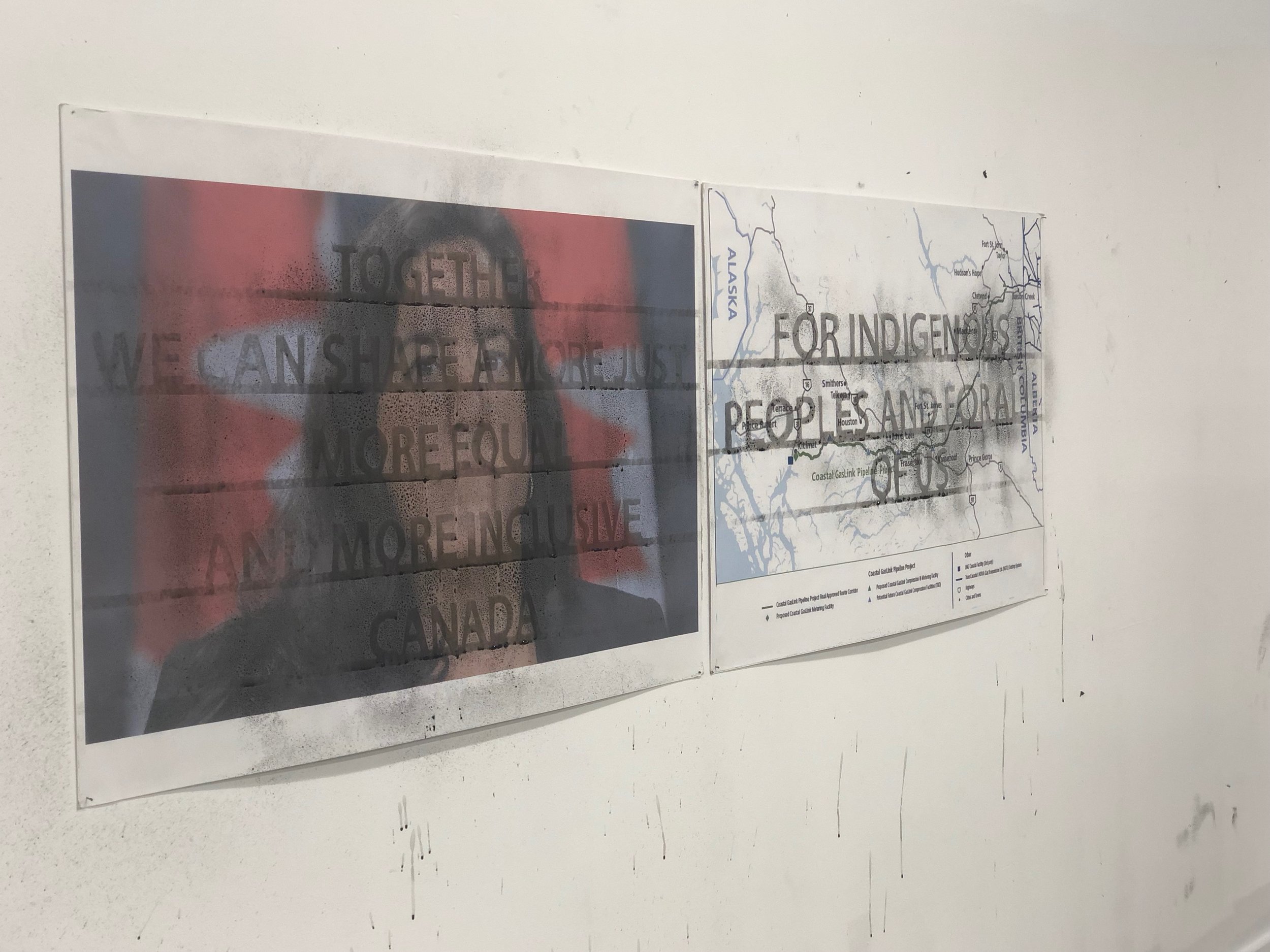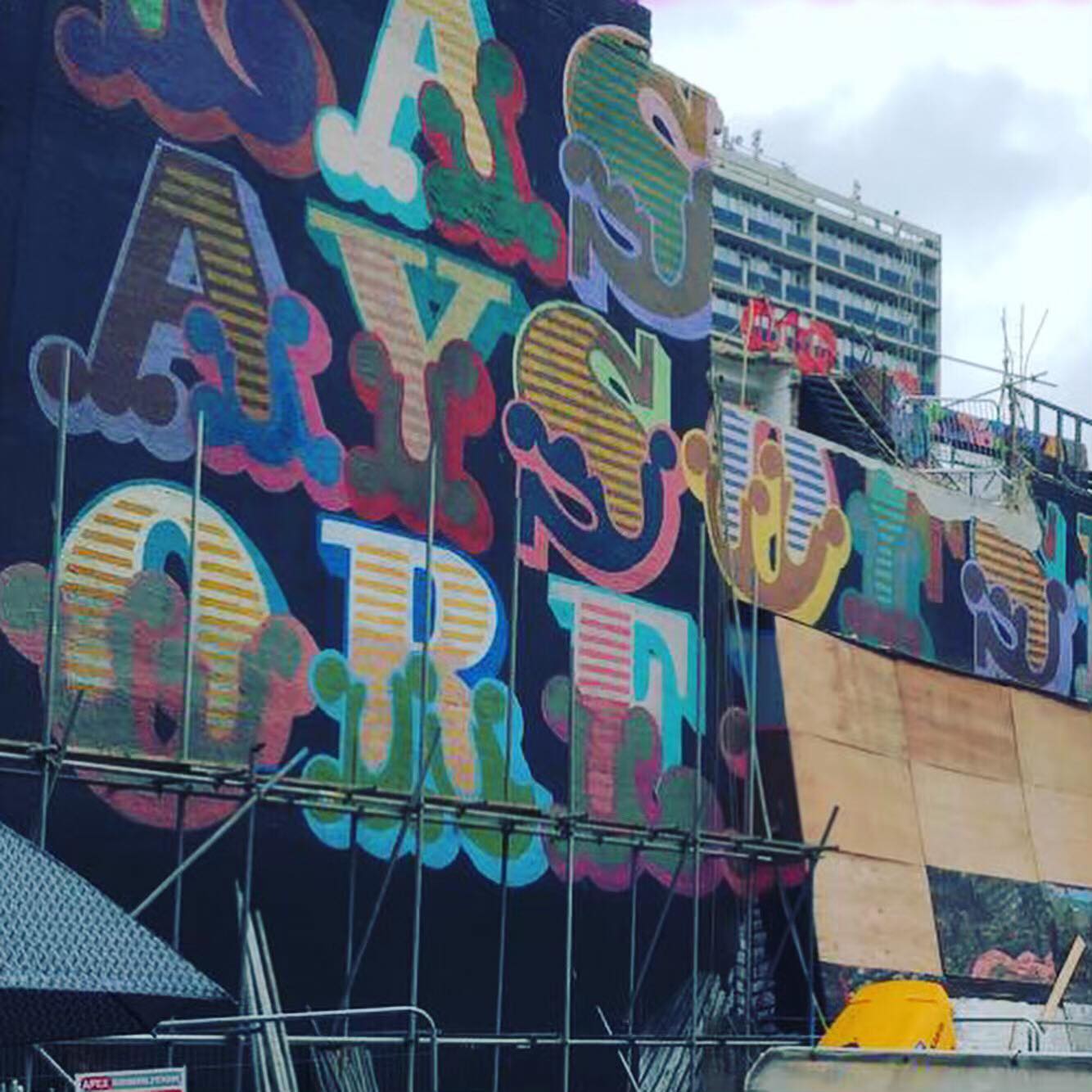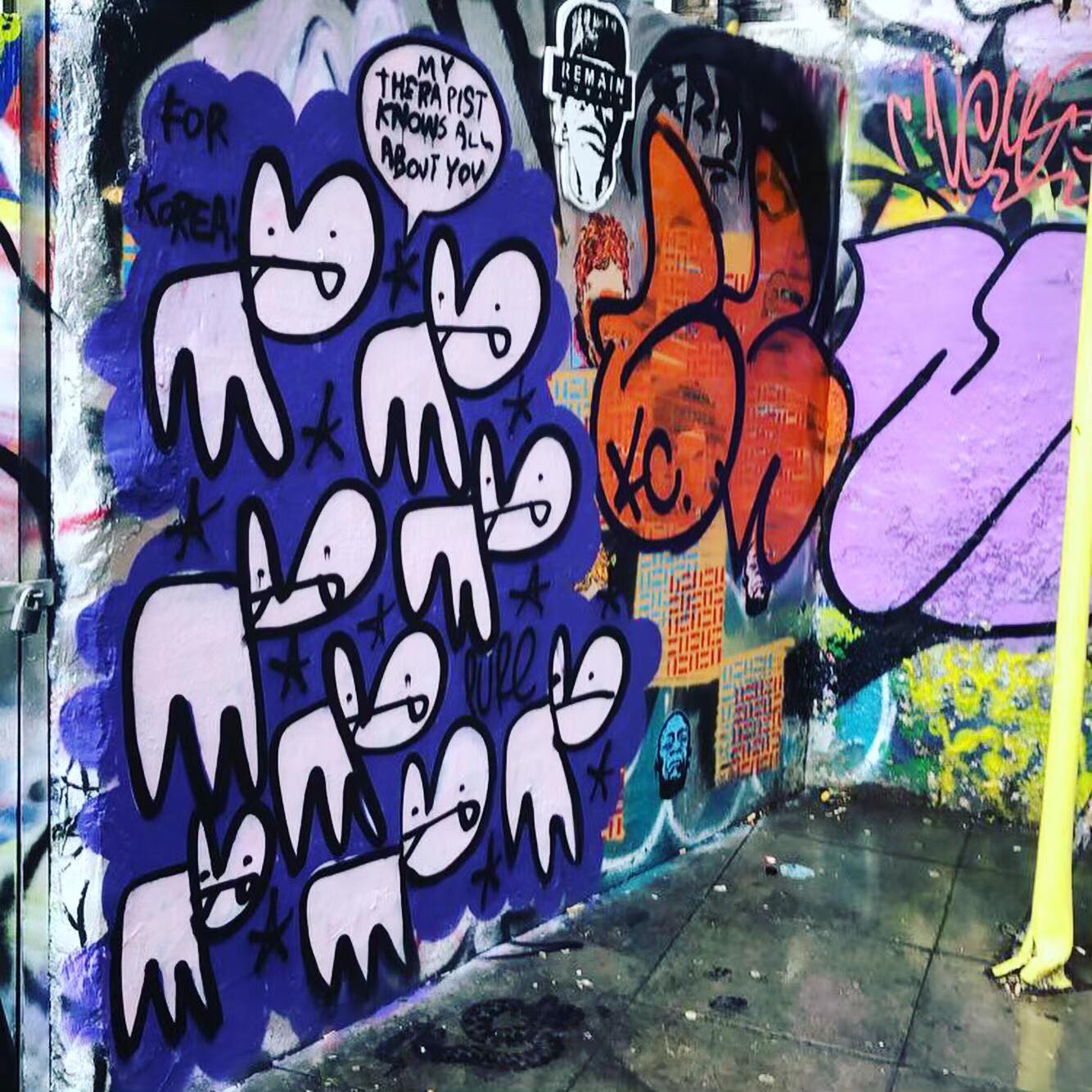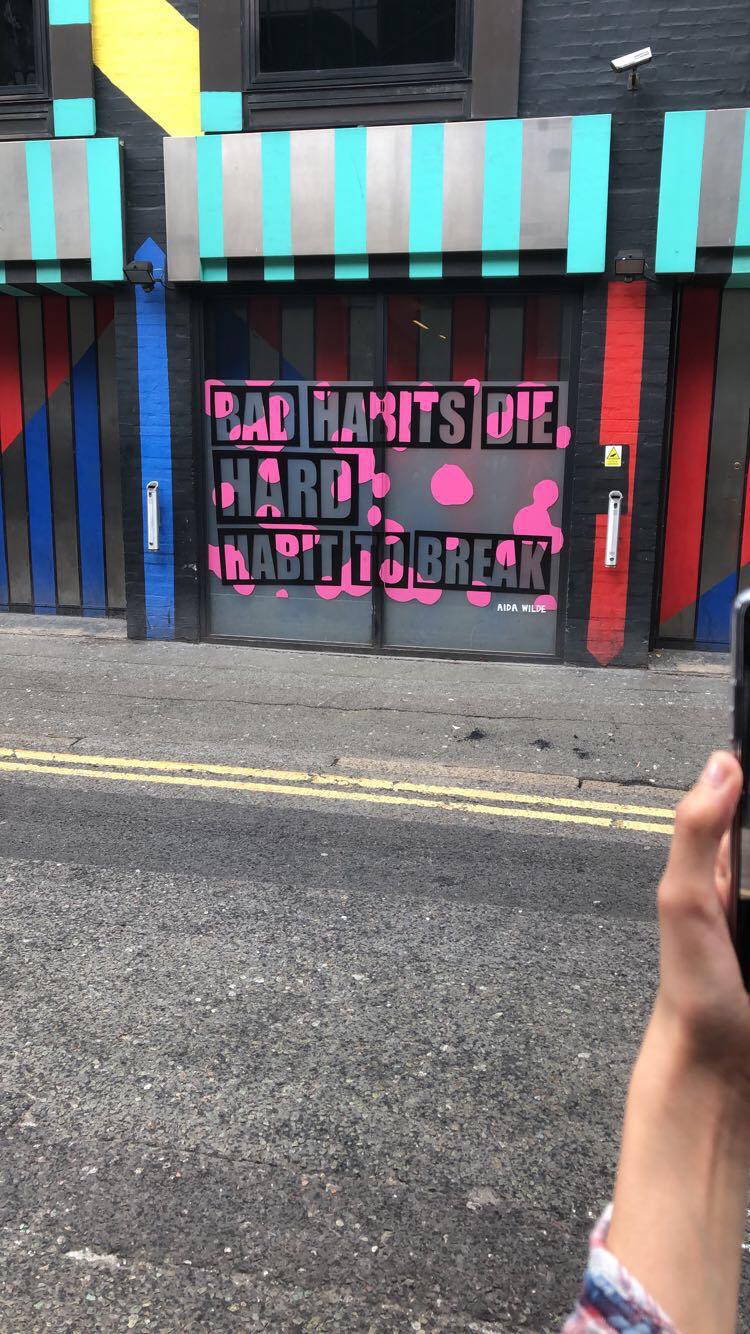Tell us a little bit about yourself—your background, major program of study, reasons for taking this trip, and anything else interesting you want to share (maybe something people might not know about you).
I am one of those quirky art students you might see in the hallways of KPU that have paint, clay, or other colourful splatters all over their clothing with a wild look of creativity in their eyes. My name is Leah Rosehill and I'm a ceramic student at Kwantlen, I have a passion for working with my hands and creating functional works that are decorated with illustrations and carvings related to nature and the world I see around me. Throughout my childhood I have had an obsession with creating things, ranging from sewing my own clothes, dolls and bed sheets, growing my own vegetables to crafting pottery. I have always wanted to make a business where I created objects that could be useful but also beautiful to others. I have been interested in being an interpreter of the visual spaces I immerse myself in, which is why I decided to go on this field school. I wanted to see contemporary and historic spaces for the arts that I have learned about for the past few years up close and personal. I get inspired by both architecture and nature and felt that putting myself in a completely new setting would send me in a different direction within my own art. Anyone who knows me knows that I am a free spirit, and as soon as I heard of a field school that took me to London and Venice with like-minded art students I jumped at the chance to make this adventure a part of my life journey.
Leah, pictured in center of image with Zoe, Victoria, Allison, and Celesta (clockwise), is a ceramic student in the Fine Arts program at KPU.
What has met or exceeded your expectations or surprised you about London (or Venice) so far?
London was Vancouver times a million. The culture shock wasn't bad at all, in fact I felt very confident and at home moving around and exploring the city. The vibe was similar to the busy hum of Vancouver covered with hipsters, business people and delicious ethnic foods, but the differences were much more obvious. The architecture was outstanding, getting a glimpse into the past with every step you took deeper into London. I climbed the seemingly thousands of steps at St. Pauls Cathedral, got wooed by the rib vaulted ceilings in a cathedral in Bristol, became lovingly fond of the brick fortress that is St. Pancras International Hotel, and fell for the twisting cobblestones that led you to the late 19th century tower bridge right down the road from the magnificent modern mammoth that is Tate Modern. As soon as I landed in Italy that amazement that I felt in London tripled and I became enchanted. Venice is something that needs to be experienced, one can not simply understand the force of this city by hearing about it or seeing paintings or pictures of it in a gallery. The warmth surrounds you like a hug as you walk the ancient cobblestones next to couples enjoying a romantic ride on a gondola in a turquoise canal. The water glistens against the strong glow of a hazy sun and historic buildings trace the island in a maze of peeling pastels and beautifully crumbling bricks. What has surprised me about Venice so far is one, that it feels utterly un-real being in such a place, and two, that it is such a tourist town that I can’t tell if I have met a local yet. Everywhere I go people speak English, and when I go to a restaurant I hear at least five different languages throughout dinner. I can definitely feel the tension and resentment around the tourist industry here, it makes me feel fortunate to be able to see this place before either the water drowns it or the tourists do.
Leah (crouched in centre of photo) and the group outside the Venice Biennale Arsenale grounds.
Give us some insight into your assigned artwork from the Tate Modern. After seeing the work in person in London (and any other related art from the same artist or art movement associated with the assigned work), what struck you most about it and/or how did the artwork’s form, content, and context shift for you when seeing it.
My assigned artist was The Guerrilla Girls, and they are a feminist propaganda and social/political activist collective based in New York City. Their work focused on bringing to attention the discrimination and marginalization against women in the art world, as well as commenting on political and social movements. The work I was assigned was Guerrilla Girls’ Definition of A Hypocrite (1990) that hung up in the Tate Modern along with seven other of their images in a collection talking about feminism. It was a piece that outlined the definition of a hypocrite as “an art collector who buys white male art at benefits for liberal causes, but never buys art by women or people of colour” in the style of a dictionary definition. The work looks like a political poster you would see on the street posted to the side of a building, not hung up in a frame on a gallery wall. It felt out of context and therefore not being shown with the original intended of the artist. It was strange to see these images put up as if they were something to consume, a commodity or something to showcase because It was made to make a statement on the streets or on the door of an institution out of protest. I really liked the way that the Guerrilla Girls pinpoint issues and point out sensitive topics blatantly with statistics, witnessing their work in the flesh was really inspiring as someone passionate about social justice and women’s rights.
Today’s activity was a visit to the Venice Biennale. What were your impressions? What will you take away of the experiences of this day? What are the most memorable moments for you?
Today was our first day exploring the Venice Biennale. It was hot and overwhelming, a perfect day for three gelato breaks, several prosecco detours in between visiting pavilions and of course viewing world class contemporary art. We started out at the Canadian pavilion that showed video installations focused on Inuit life in Nunavut. It highlighted the day to day impact that displacement has had on the indigenous peoples of Canada. Going into that pavilion as a Canadian gave me no sense of patriotism, instead watching the videos made me feel shame about the dark past of Canada’s history. But the fact that it touched on such sensitive subject matter really made me like the work because it created the space for the conversation about reconciliation and what that actually means as a nation.
After Canada, the group separated and I visited each pavilion one by one. Shonel, James and I walked all over the Biennale grounds spending seven and a half hours completely immersing ourselves in the art. My favorite pavilion was Israel, the whole building was turned into a mock hospital setting that was interactive including a sound proof room where you learn how to produce a controlled scream to reduce stress and several videos depicting social and political horrors that caused major trauma to Israelites and immigrants. The video about child abduction from Israeli hospitals made such an emotional impact on me, I sat in the chair after watching the video and just thought for a minute about how fortunate and privileged I really am. It was a profound moment for me during this trip and something that I don’t think I will ever forget. After leaving the Biennale the three of us turned off our phones and got lost in Venice. We walked the streets and just absorbed the culture and luxurious atmosphere. Dinner was also when I learned that water will cost you five euros, where a large glass of prosecco will cost you less than three euros. Never making that mistake again! All in all, Venice has charmed me and I never want to leave this magical island. Eventually I’ll have to though, that’s where making art about this journey will come in handy.
Venice, the magical city, that Leah argues must truly be experienced to be understood.






